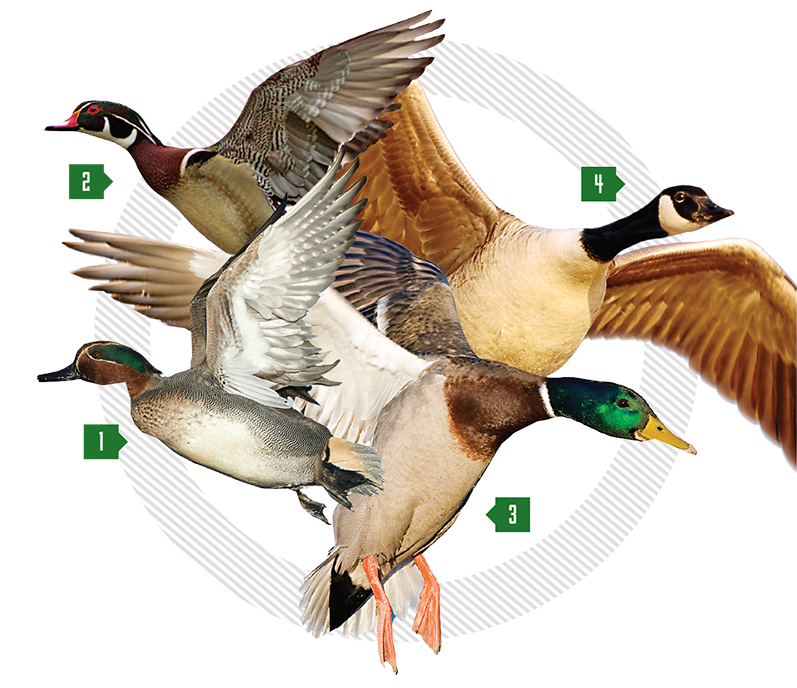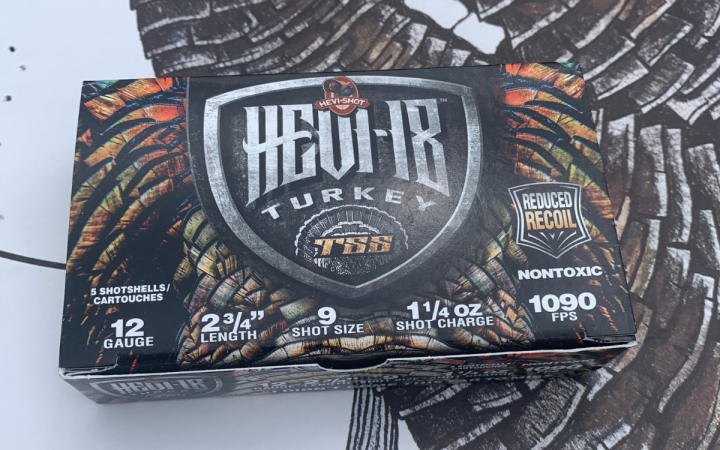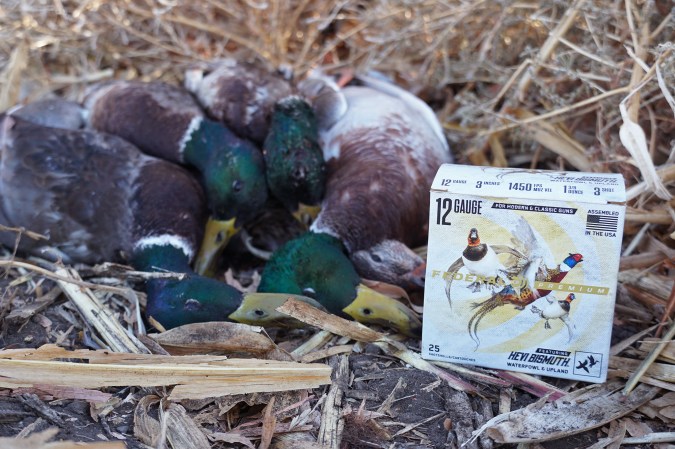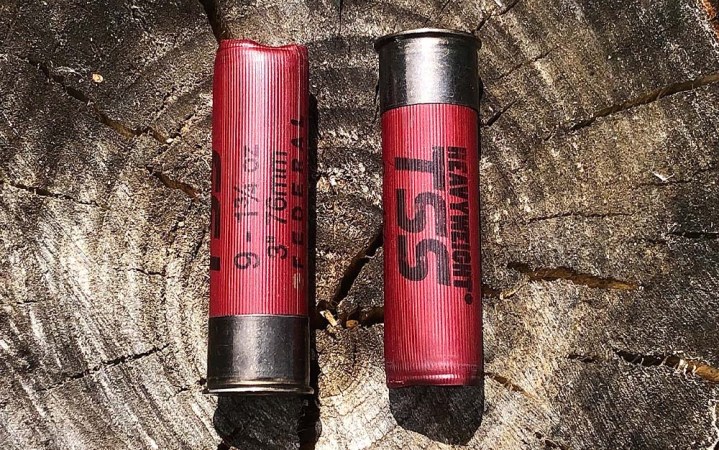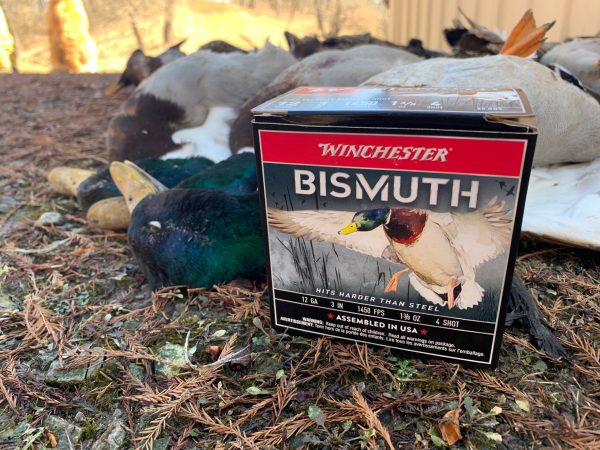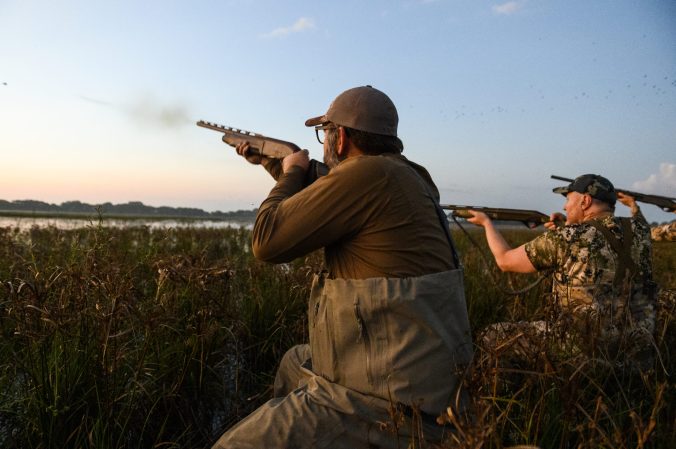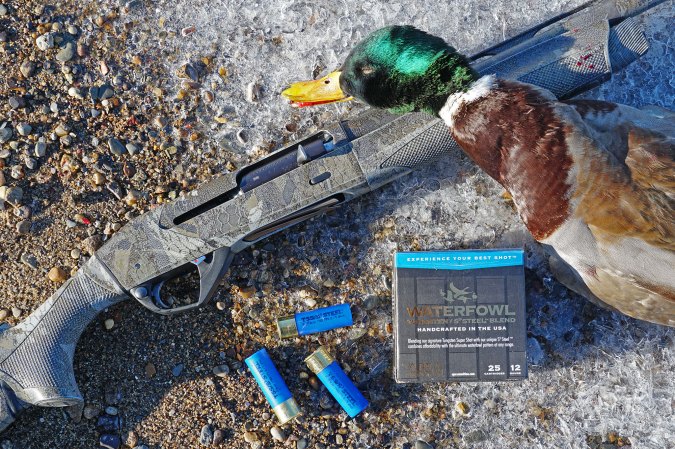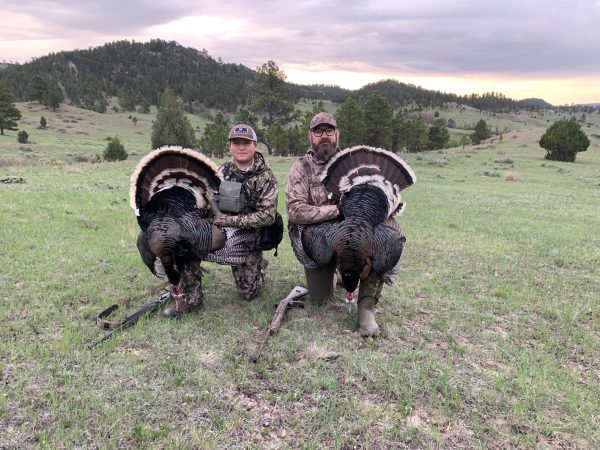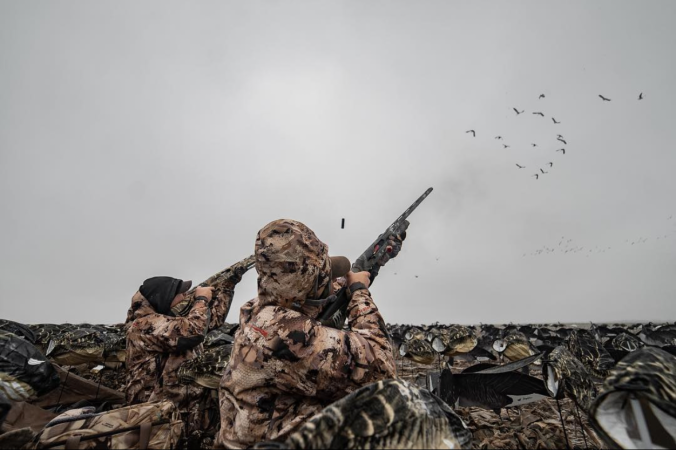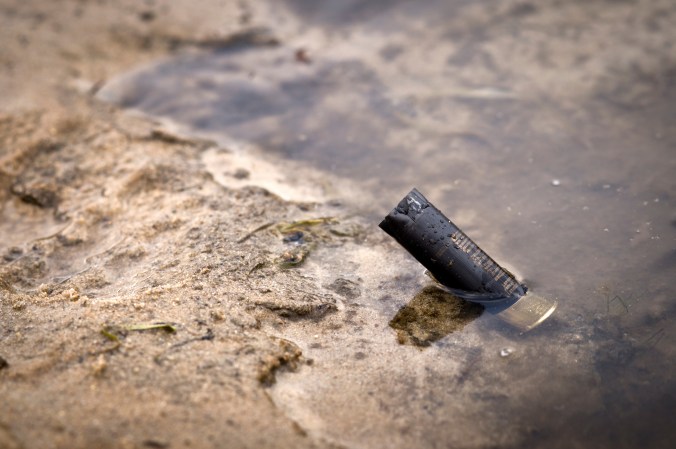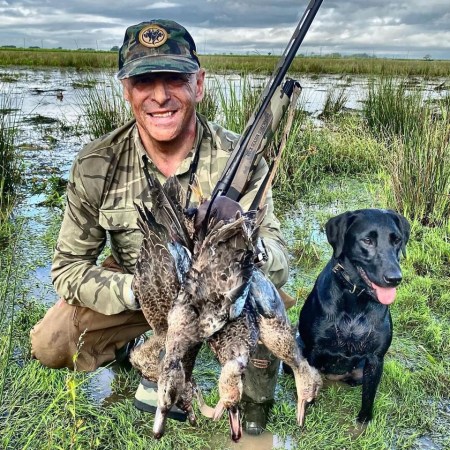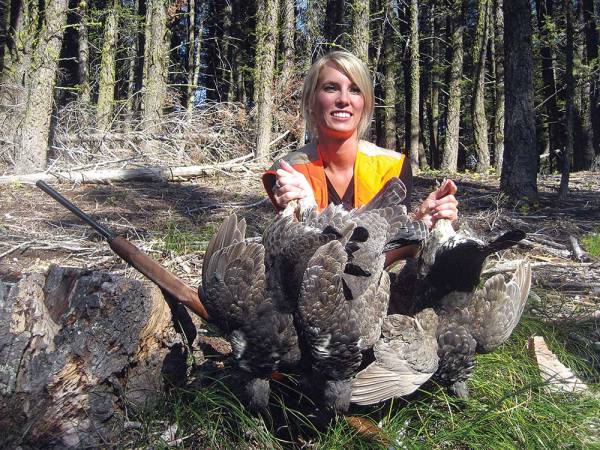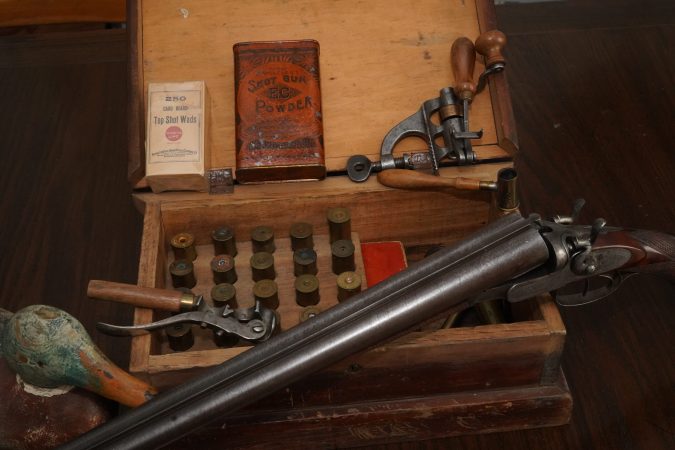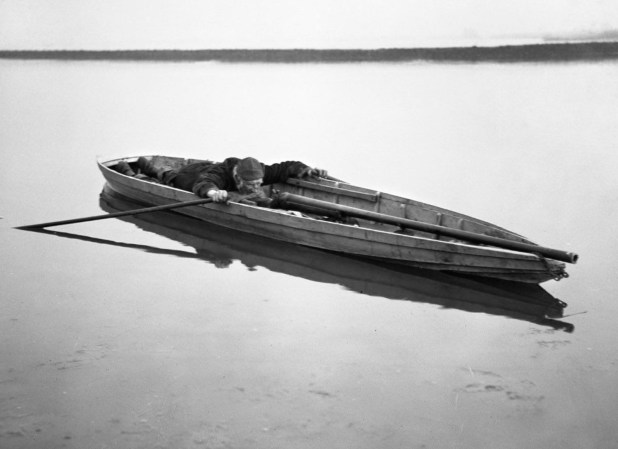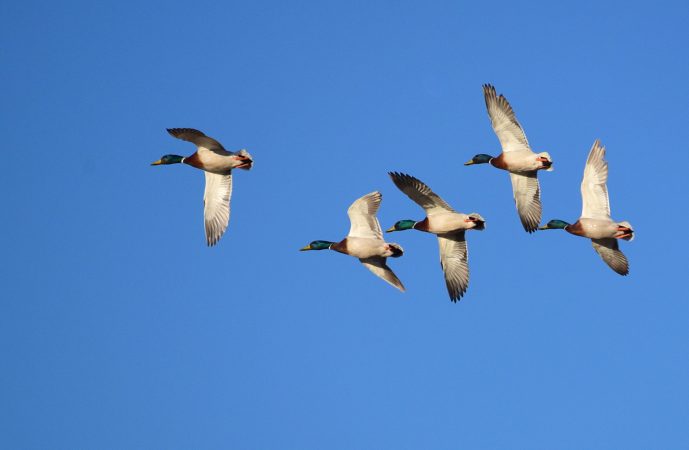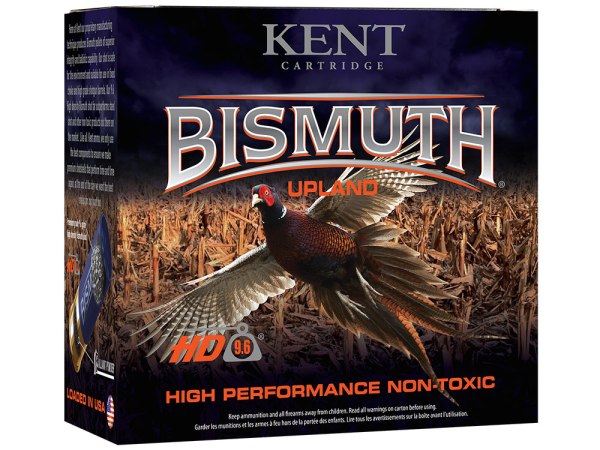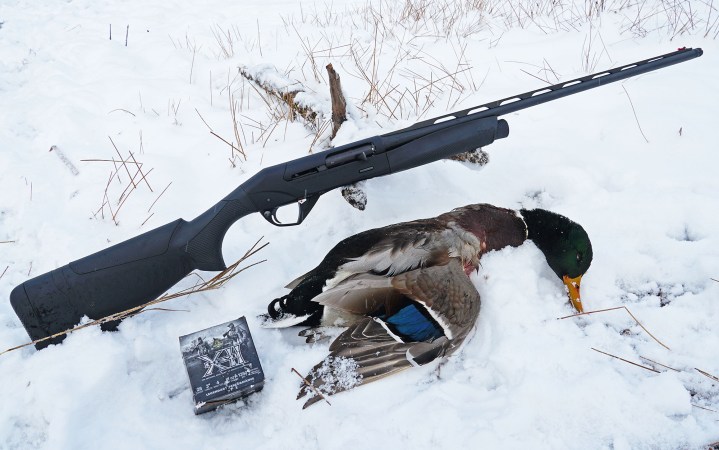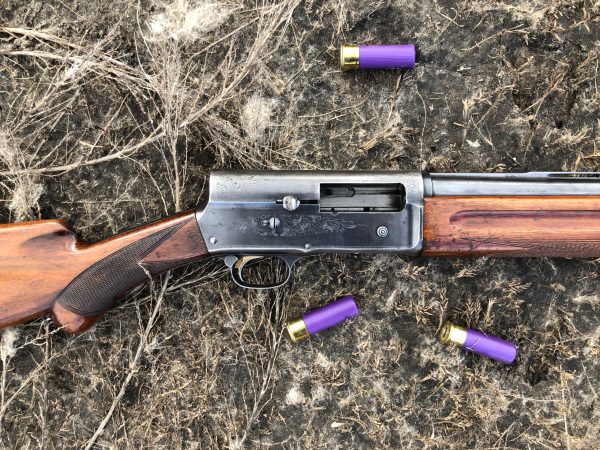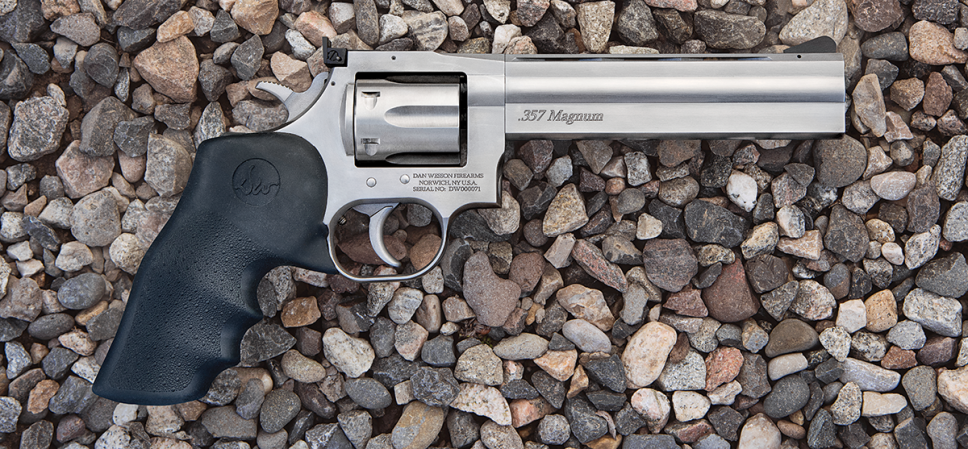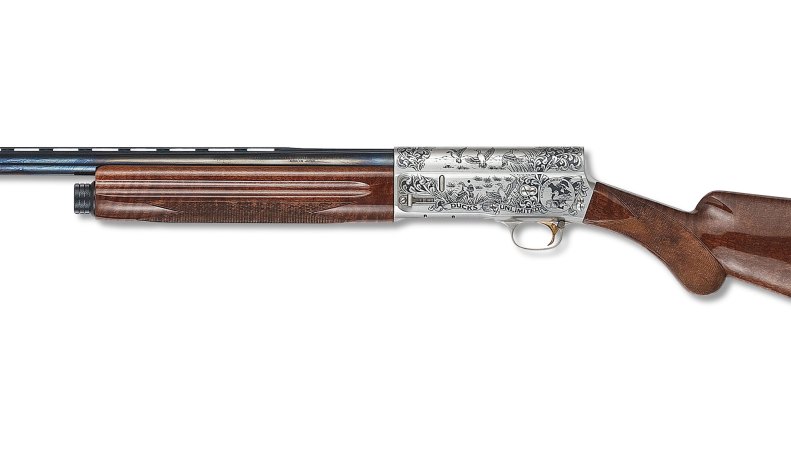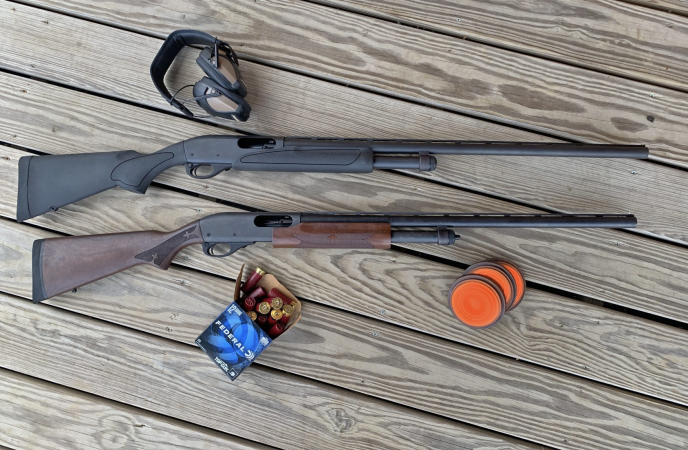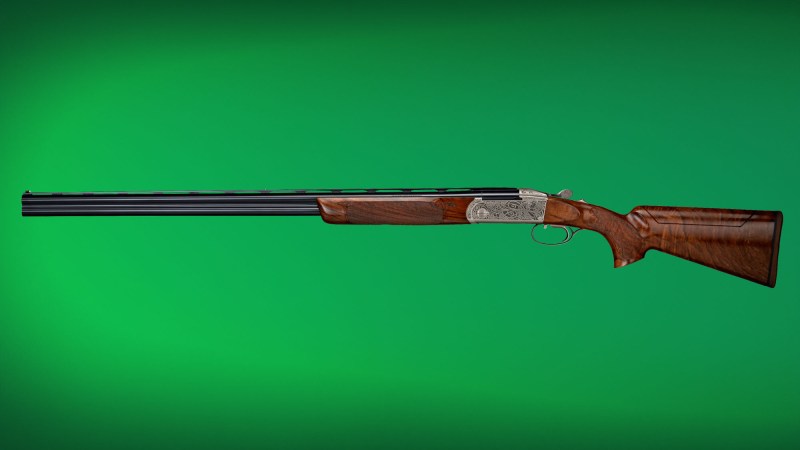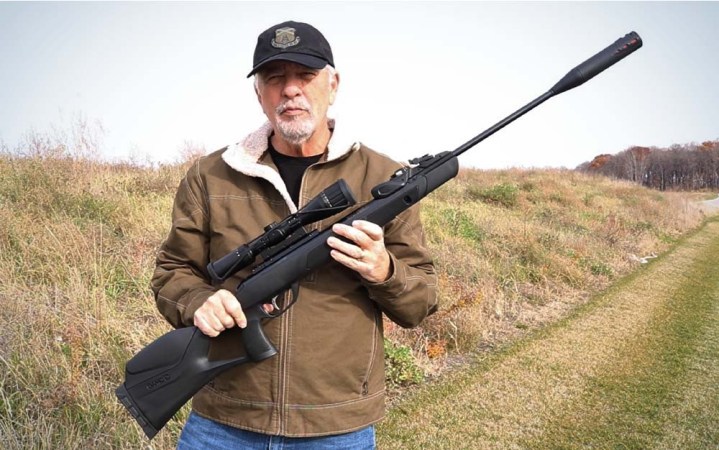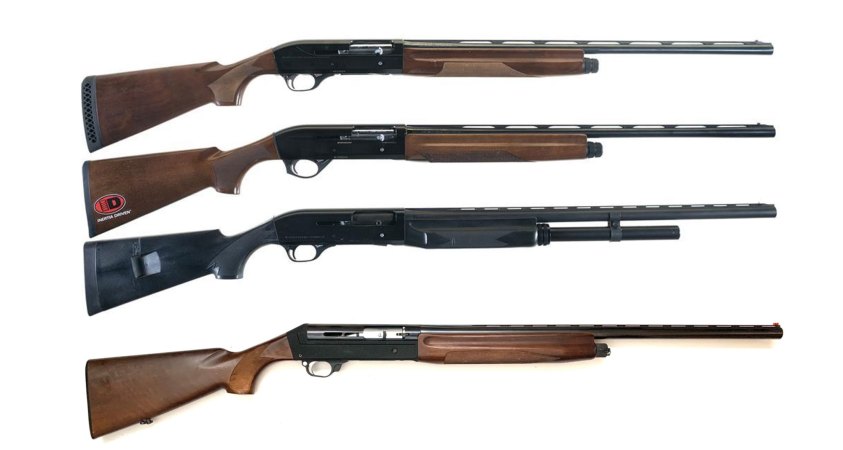We may earn revenue from the products available on this page and participate in affiliate programs. Learn More ›
With different shot materials, pellet shapes, and configurations available, wildfowling has become as much a science as it is a sport. Many hunters may be puzzled as to which load is best for their duck and goose hunting. Shot like Kent’s Tungsten Matrix and Environ-Metal’s Classic Doubles are for older shotguns, but then there’s Black Cloud, Blind Side, and Hevi Shot, which makes selection more difficult.
How to Choose the Best Duck Loads
These guidelines, broken down by species and size, should make shell buying easier.
1. Small Ducks
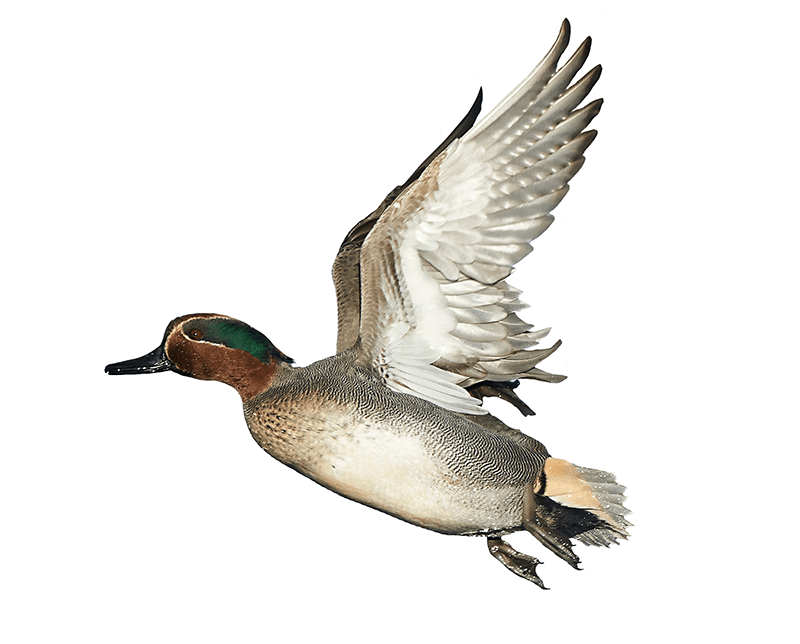
Teal
Kent TealSteel 12 ga., 3-in., 1,350 fps, 1¼ oz., No. 5 & 6 steel
- Effective Range: 30 yards
- Recoil: 35 ft.-lb.
- MSRP: $13/25 rounds
Because of this speedster’s size and erratic flight, small pellets are desirable to fill a wide pattern from a Skeet- or Improved Cylinder–choked gun.
2. Medium Ducks
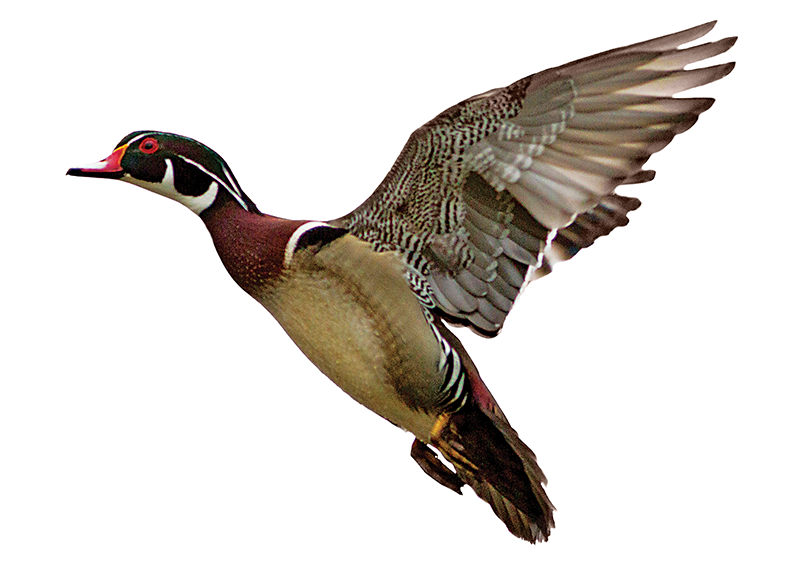
Gadwalls, Wood Ducks, Wigeon, Scaup
Federal Black Cloud 12 ga., 3-in., 1,450 fps, 1¼ oz., No. 3
Also consider Winchester DryLok: 12 ga., 3-in., 1,265 fps, 1 3/8 oz., No. 4; or Kent Fasteel: 12 ga., 3-in., 1,300 fps, 1 3/8 oz., No. 3
- Effective Range: 50 yards
- Recoil: 39 ft.-lb.
- MSRP: $23/25 rounds
For medium-size ducks over decoys or close passing shots, the traditional 3-inch load of 1¼ ounces of No. 3s provides good pattern density and power over normal ranges; also an excellent all-around swatter load.
3. Large Ducks
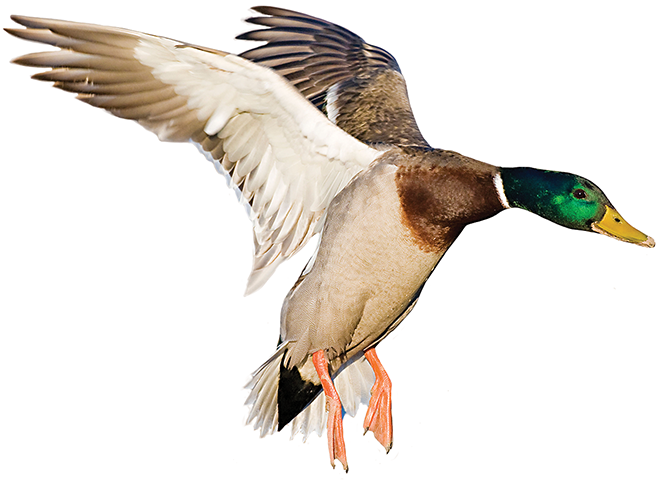
Mallards, Canvasbacks, Small Sea Ducks, Small Geese (Cacklers and Ross’ Geese)
Remington HyperSonic Steel 12 ga., 3-in., 1,700 fps, 1¼ oz., No. 2
- Effective Range: 50 yards
- Recoil: 52 ft.-lb.
- MSRP: $26/25 rounds
The high velocity delivered by this load increases the effective killing range on large ducks. However, don’t be tempted to stretch your gun barrel beyond ranges at which you shoot well.
4. Large Geese
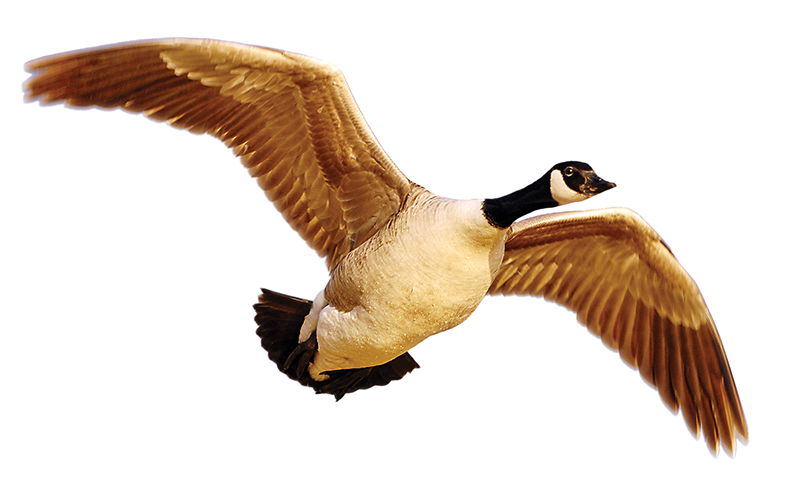
Canadas and Large Sea Ducks
Hevi-Shot Speed Ball 12 ga., 3-in., 1,635 fps, 1¼ oz., No. 1
- Effective Range: 50 yards
- Recoil: 48 ft.-lb.
- MSRP: $25/10 rounds
These tungsten-steel pellets pack the heavy punch often needed to bag Canadas and tough sea ducks like eiders and scoters. They’re expensive but worth it to ensure clean kills.
Note: To put the recoil data in perspective, a light 1 1/8 oz. 12-gauge target load at 1,145 fps generates 21.38 ft.-lb. of recoil.
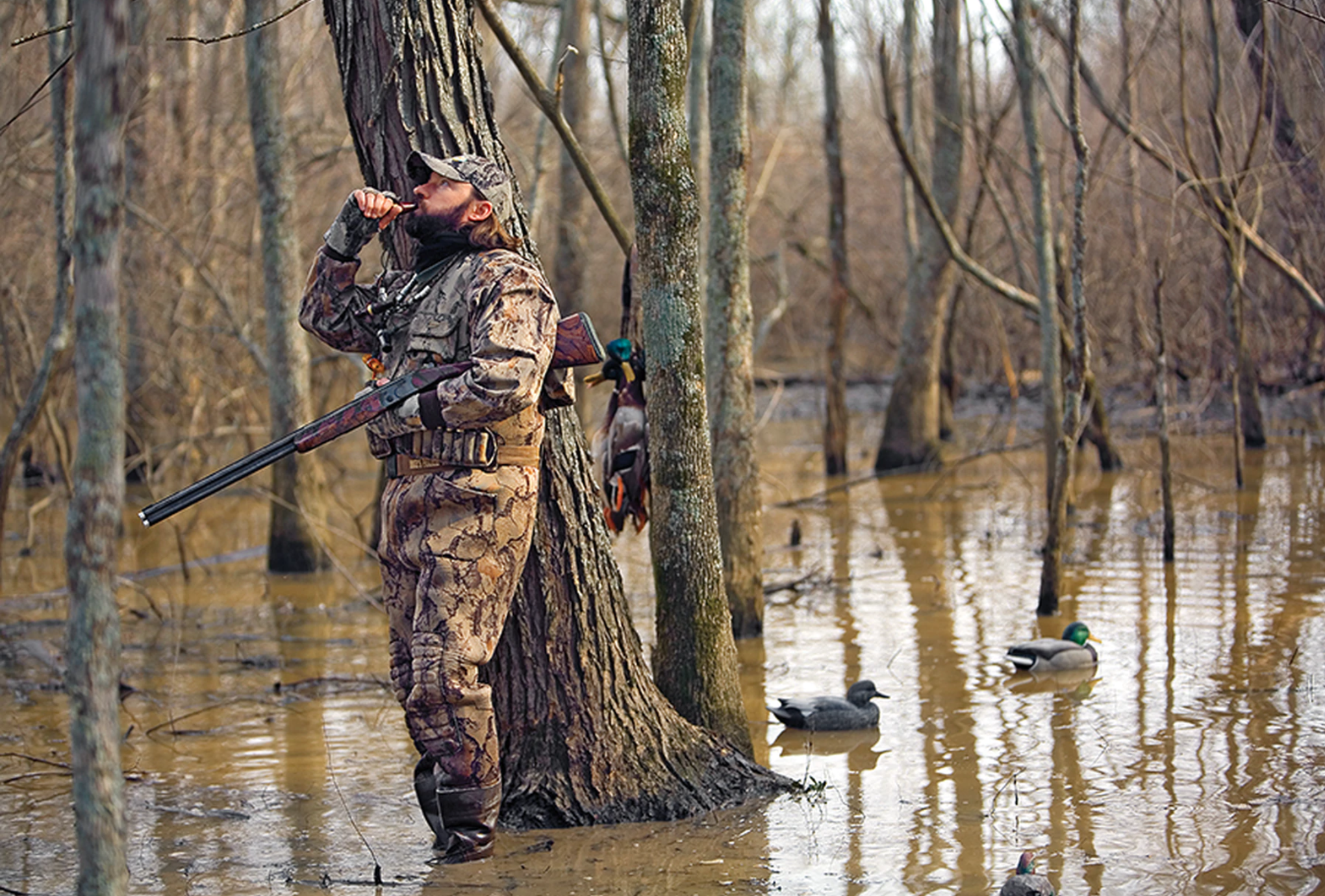
Advantages of Using a 20-Gauge for Waterfowl
Nontoxic shot became the law of the land just as I came of age as a waterfowler. How I recall my father’s panic. Alarmed by steel shot’s vast ballistic inefficiency, he and plenty of others formulated a seemingly commonsense plan: If we have to shoot steel, we may as well launch as much downrange as possible. Thus the 12-gauge, 3 ½-inch magnum came into favor.
Meanwhile, ammo manufacturers continued to load steel in the same powder-to-shot ratios as lead duck loads, which simply didn’t work. At traditional muzzle velocities, 1 ½ ounces of steel quickly decelerates to mere feather-ruffling speed.
Read Next: Best Duck Hunting Shotguns
A Viable Option
My, how two decades of innovation have changed matters. Manufacturers reduced the steel payload for 12-gauge loads to 1 ¼- or even 1 ¹⁄₈ ounces, and sped it way up. Pellet count was compromised, but terminal energy went through the roof.
Nowadays, I sense little disadvantage in shooting steel. In fact, I’ll argue that the 20-gauge is once again a perfectly reasonable choice for the duck blind. Your wallet certainly won’t argue. A quick scan of prices at my local sporting goods store revealed boxes of 3-inch, 20-gauge shells retailing for $3 to $5 less than 3-inch, 12-gauge boxes, and about $10 less than the 3 ½-inch, 12-gauge. Shoot a 20-gauge for a season or two, and suddenly your budget might allow for new decoys.
Is the 20-gauge an ideal choice for pass-shooting giant Canadas? Heck no! But on decoying ducks—25- to 30-yard shots and under—it’s deadly. Additionally, with proper pattern testing, this range allows the use of No. 4 shot, boosting the pellet count to numbers that compare or exceed many 12-gauge No. 2 loads.
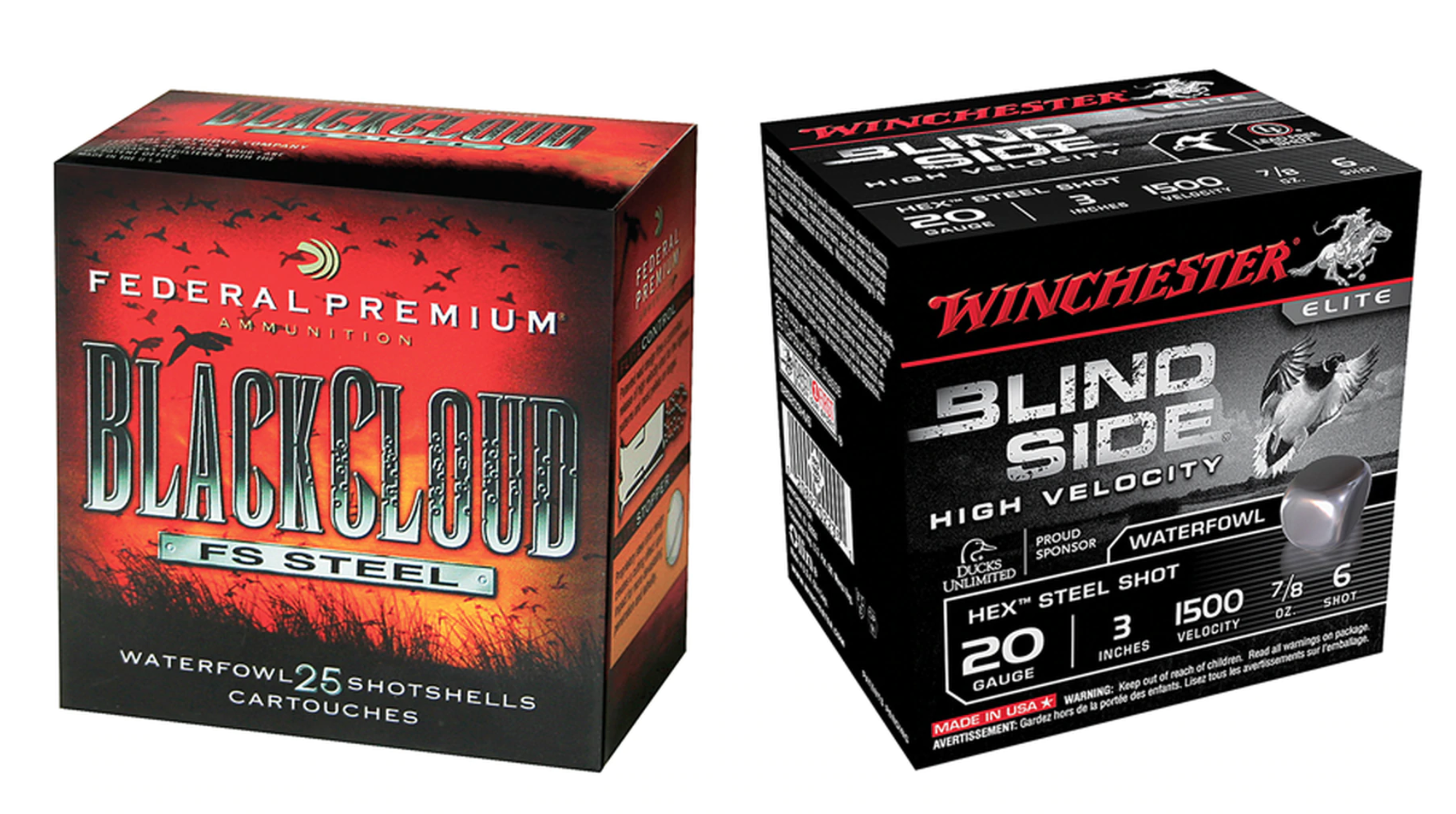
The Numbers Game
One 3-inch, 20-gauge load that impresses me is Federal’s Black Cloud. Pellet count on 1 ounce of No. 4s is 192, surpassing the 156 pellets found in Black Cloud’s 12-gauge, 3-inch, 1 ¼-ounce load of No. 2s. Then there’s Winchester’s Blind Side line. With its stacked Hex steel shot, the pellet count for the 3-inch, 20-gauge, 1 ¹⁄₁₆-ounce load of No. 2 shot is 138. That’s quite comparable to the 172 No. 2 pellets found in a Winchester Drylok Super Steel 12-gauge, 3-inch, 1 ³⁄₈-ounce load.
The 20-gauge’s pellet-density gap is further narrowed by the unique wad designs found in the Blind Side and Black Cloud loads, which stay with the payload far longer than traditional wads. The result is a shorter shot string and a tighter, more consistent pattern—in other words, a much more ballistically efficient shotshell.
This is not to suggest I prefer a 20-gauge for all conditions. However, if you intend to hunt a creek, pond, or slough—and you know your shotgun’s limits—there are plenty of good reasons to break out the 20-gauge.
